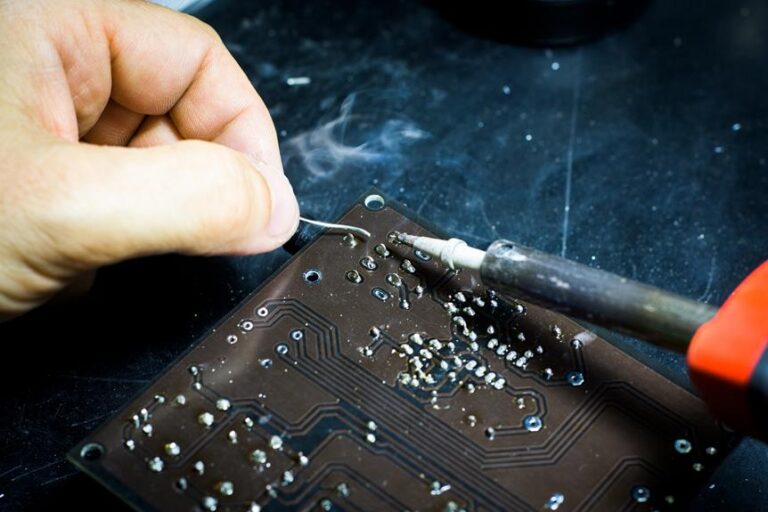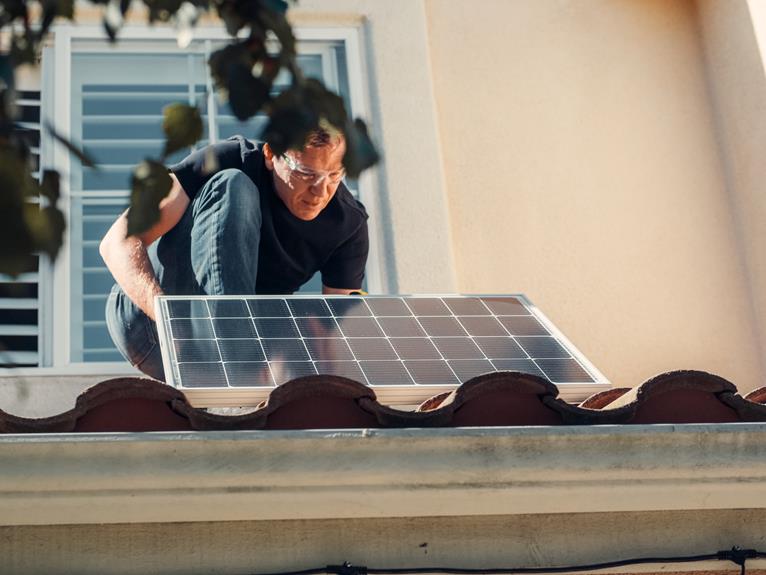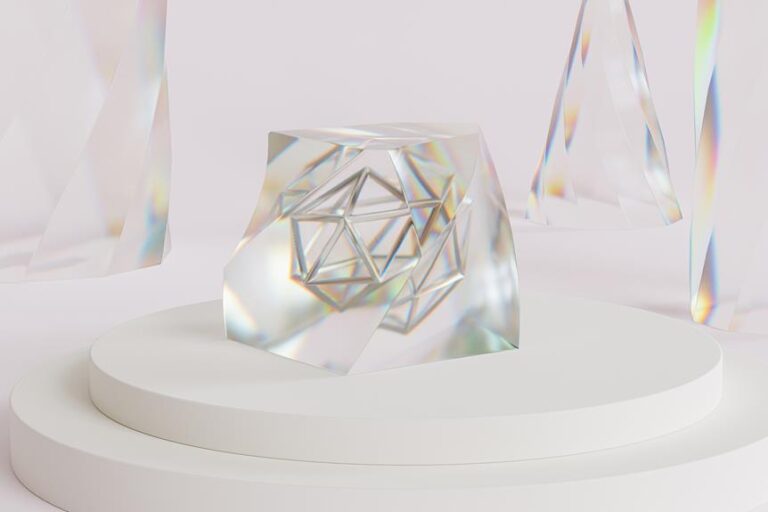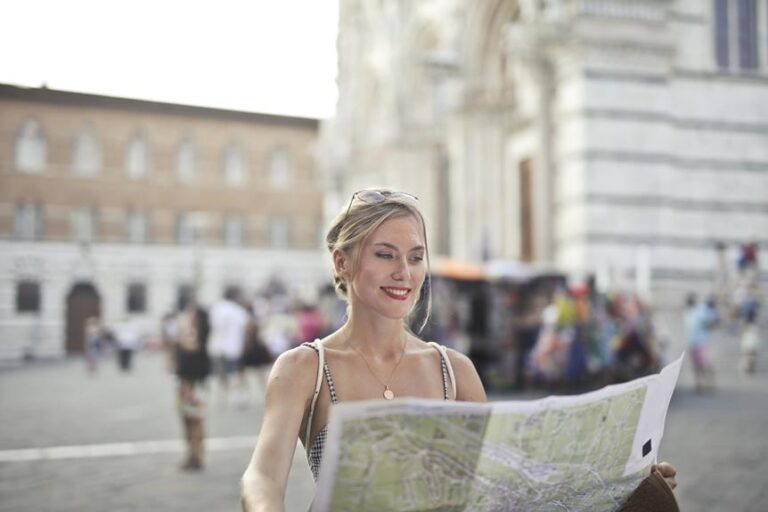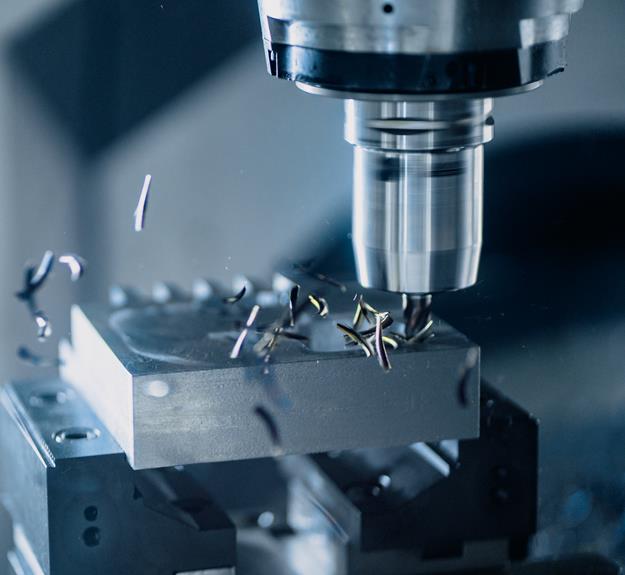PETG Filament: Combining Strength and Flexibility in 3D Prints
Discover the boundless potential of PETG filament, where strength and flexibility converge to create unparalleled 3D prints.
This revolutionary material empowers creators with the freedom to bring their visions to life, while ensuring durability and visual appeal.
Dive into the world of PETG filament as we unravel its unique characteristics, explore its versatility, and provide invaluable tips for achieving flawless prints.
Unleash your creativity and embrace the liberation that PETG filament offers in the realm of 3D printing.
Key Takeaways
- PETG filament offers exceptional strength and durability, making it less prone to cracking or breaking.
- It has high impact resistance and good flexibility, allowing it to withstand bending and stretching.
- PETG filament has excellent chemical resistance, making it suitable for use in harsh environments.
- It provides a good balance of mechanical properties for both functional and aesthetic prints.
The Advantages of PETG Filament in 3D Printing
One significant advantage of PETG filament in 3D printing is its exceptional strength and durability. PETG, short for polyethylene terephthalate glycol-modified, is a popular material used in the additive manufacturing industry due to its unique combination of properties.
PETG prints possess high impact resistance, making them less prone to cracking or breaking under stress compared to other filaments. This attribute is especially desirable for functional parts and prototypes that require structural integrity.
PETG filament properties also include excellent chemical resistance, allowing it to withstand exposure to various solvents and chemicals without degradation. This makes it suitable for applications in industries such as automotive, aerospace, and medical, where exposure to harsh environments is common.
Moreover, PETG prints exhibit good flexibility and elasticity, enabling them to withstand bending and stretching without breaking. This makes PETG a versatile material for producing complex and intricate designs that require both strength and flexibility.
Understanding the characteristics of PETG filament is crucial for maximizing its benefits in 3D printing. By comprehending its unique properties, users can optimize printing parameters, such as temperature and cooling settings, to achieve the desired strength and flexibility in their prints.
Understanding the Characteristics of PETG Filament
Undoubtedly, gaining a thorough understanding of the unique characteristics of PETG filament is essential for successful utilization in 3D printing applications. PETG, short for Polyethylene Terephthalate Glycol-modified, is a popular 3D printing material due to its combination of strength and flexibility. It offers several advantages over other materials, making it a versatile choice for various projects.
PETG filament has a good balance of mechanical properties, making it suitable for both functional and aesthetic prints. It is known for its high impact resistance, making it less prone to cracking or breaking compared to other materials like PLA. PETG also exhibits excellent layer adhesion, resulting in strong and durable prints.
Another notable characteristic of PETG filament is its chemical resistance. It is resistant to moisture, chemicals, and UV radiation, making it suitable for outdoor applications. PETG is also FDA approved for food contact, making it a safe choice for printing kitchen utensils or containers.
To provide a quick overview of PETG filament's characteristics, here is a table highlighting its key properties:
| Characteristic | Description |
|---|---|
| Strength | PETG offers high impact resistance and excellent layer adhesion |
| Flexibility | It combines strength with a certain degree of flexibility, allowing for functional prints |
| Chemical Resistance | PETG is resistant to moisture, chemicals, and UV radiation |
Understanding these characteristics of PETG filament allows users to harness its unique properties and create high-quality 3D prints for a wide range of applications.
Achieving Durable Prints With PETG Filament
To achieve durable prints with PETG filament, it is crucial to optimize print settings and utilize post-processing techniques.
Print settings such as nozzle temperature, print speed, and layer height can significantly impact the strength of the final print.
Additionally, post-processing techniques like annealing and sanding can further enhance the durability of PETG prints by reducing stress concentrations and improving surface finish.
Print Settings for Durability
To achieve durable prints with PETG filament, it is important to use the right print settings. Here are four key settings to consider:
- Temperature: PETG filament requires a higher printing temperature compared to other filaments. The recommended temperature range is typically between 220-250°C. Adjusting the temperature within this range can help improve the bond strength and overall durability of the print.
- Print Speed: Slower print speeds are generally recommended for PETG filament to ensure better layer adhesion and reduce the risk of warping. It is advisable to set the print speed to around 30-50 mm/s for optimal durability.
- Cooling: Unlike PLA, PETG benefits from minimal cooling during the printing process. Cooling fans should be set to a lower speed or turned off completely to prevent rapid cooling and potential layer separation.
- Bed Temperature: PETG has a higher glass transition temperature, which means the print bed needs to be heated to around 70-80°C. This helps in preventing warping and ensures better adhesion to the print surface.
Post-Processing Techniques for Strength
For achieving durable prints with PETG filament, it is crucial to employ effective post-processing techniques that enhance the strength of the prints. Post-processing involves additional steps taken after the printing process to ensure the final product is robust and long-lasting. There are several techniques that can be used to strengthen PETG prints, including annealing, vapor smoothing, and reinforcing with additives.
| Post-Processing Technique | Description |
|---|---|
| Annealing | Heating the printed object to a specific temperature and then slowly cooling it to improve its structural integrity and reduce internal stresses. |
| Vapor Smoothing | Exposing the printed object to acetone vapor, which melts the surface layers and creates a smooth, glossy finish. It also strengthens the print by fusing the layers together. |
| Reinforcing with Additives | Adding additives such as carbon fiber, fiberglass, or metal powders to the PETG filament before printing to enhance its strength and rigidity. |
Enhancing Visual Appeal With PETG Filament
When it comes to enhancing the visual appeal of 3D prints, PETG filament offers several advantages.
Firstly, PETG prints can have a glossy surface finish, giving them a professional and polished look.
Secondly, PETG filament comes in a wide range of vibrant color options, allowing for more creative and eye-catching prints.
Lastly, PETG filament also offers transparency and translucency, making it ideal for creating prints with unique visual effects and light diffusion.
Glossy Surface Finishes
Achieving a glossy surface finish is essential in enhancing the visual appeal of 3D prints made with PETG filament. A glossy finish not only adds a professional touch to the print but also improves its overall aesthetic value. Here are four key factors to consider when aiming for a glossy surface finish with PETG filament:
- Print temperature: PETG filament requires a specific temperature range to achieve a glossy finish. It is crucial to experiment with different temperatures to find the optimal one for your particular print.
- Print speed: Adjusting the print speed can have a significant impact on the final surface finish. Slower speeds generally result in a smoother and glossier surface.
- Layer height: A smaller layer height can contribute to a more detailed and polished appearance. Lowering the layer height can help achieve a glossy finish.
- Post-processing techniques: Applying post-processing techniques such as sanding and polishing can further enhance the glossy surface finish of PETG prints.
Vibrant Color Options
With its vibrant color options, PETG filament can enhance the visual appeal of 3D prints. PETG, or polyethylene terephthalate glycol-modified, is a popular filament choice for 3D printing due to its excellent balance of strength and flexibility.
While other filaments may offer limited color choices, PETG filament provides a wide range of vibrant and eye-catching colors, allowing users to create prints that stand out. These vibrant colors add a touch of creativity and uniqueness to 3D printed objects, making them visually appealing and captivating.
Whether it's a prototype, decorative item, or functional part, PETG filament's vibrant color options give users the freedom to bring their creative ideas to life while achieving a high-quality and visually stunning result.
Transparency and Translucency
Enhancing the visual appeal of 3D prints, PETG filament offers transparency and translucency, adding a unique and captivating aesthetic to printed objects.
Here are four reasons why PETG filament is the perfect choice for achieving transparency and translucency in 3D prints:
- Clarity: PETG filament produces prints with exceptional clarity, allowing light to pass through the object with minimal distortion. This makes it ideal for creating transparent or translucent parts.
- Light diffusion: PETG has the ability to diffuse light, giving printed objects a soft and appealing glow. This property is especially useful for creating lampshades, light fixtures, or other objects that require a diffused lighting effect.
- UV resistance: PETG filament offers excellent resistance to UV radiation, ensuring that the transparency and translucency of the printed object will not diminish over time when exposed to sunlight or other sources of UV light.
- Customization options: PETG filament can be tinted or dyed to achieve different levels of transparency and translucency. This allows for endless possibilities in terms of color and visual effects, giving users the freedom to create truly unique and eye-catching prints.
Exploring the Versatility of PETG Filament
Through various applications and uses, PETG filament showcases its versatility in the world of 3D printing. PETG, short for polyethylene terephthalate glycol-modified, is a popular filament choice due to its unique combination of strength, flexibility, and ease of use. One of the key advantages of PETG filament is its ability to withstand higher temperatures compared to other filaments like PLA. This makes it suitable for a wide range of applications, including functional prototypes, mechanical parts, and even food-safe containers.
PETG filament also offers excellent layer adhesion, resulting in strong and durable prints. This, combined with its inherent flexibility, allows for the creation of objects that can withstand repeated stress and strain without breaking or deforming. Additionally, PETG has low shrinkage during the printing process, minimizing the risk of warping or cracking.
Another notable characteristic of PETG filament is its resistance to chemicals and moisture. This makes it ideal for outdoor applications or environments where exposure to water or chemicals is expected. PETG prints also have good UV resistance, ensuring their longevity when exposed to sunlight.
Tips and Techniques for Successful PETG 3D Prints
Effectively achieving high-quality PETG 3D prints requires implementing specific tips and techniques to optimize the printing process. Here are four essential tips to help you achieve successful PETG prints:
- Calibrate your printer: Before starting a PETG print, ensure that your printer is properly calibrated. This includes adjusting the nozzle height, bed leveling, and extrusion multiplier. Proper calibration will ensure accurate layer adhesion and prevent issues like under or over-extrusion.
- Use an enclosed print chamber: PETG is sensitive to temperature changes, which can lead to warping and poor layer adhesion. To mitigate this, it is recommended to print PETG in an enclosed print chamber. This will help maintain a stable and consistent temperature throughout the printing process.
- Optimize print settings: PETG requires specific print settings to achieve optimal results. Set the nozzle temperature between 230-250°C and the bed temperature between 70-80°C. Increase the print speed slightly and adjust the cooling fan to a lower speed or turn it off completely. These settings will help improve PETG's layer adhesion and reduce the risk of stringing.
- Experiment with print bed adhesion: PETG has a tendency to stick firmly to the print bed, which can make it challenging to remove the print. To enhance bed adhesion, try using a thin layer of glue stick, hairspray, or a specialized adhesive like PET tape. Alternatively, using a heated bed with a build surface like PEI or BuildTak can also improve adhesion.
Troubleshooting Common Issues With PETG Filament
When encountering common issues with PETG filament, it is important to identify and address them promptly in order to achieve successful 3D prints. PETG filament is known for its strength and flexibility, but like any other material, it can present challenges during the printing process. Here are some common issues that may arise when working with PETG filament and how to troubleshoot them:
| Common Issue | Possible Cause | Troubleshooting Tips |
|---|---|---|
| Stringing | High print temperature or excessive retraction distance | Lower the print temperature or decrease the retraction distance to reduce stringing. |
| Warping | Insufficient bed adhesion or improper cooling | Ensure a clean and leveled print bed, use a heated bed or add adhesion aids like glue or hairspray. Increase cooling to prevent warping. |
| Clogging | Insufficient melt flow or nozzle blockage | Check the nozzle for any blockages and clean it if necessary. Increase the printing temperature or adjust the extrusion multiplier to improve melt flow. |
| Layer separation | Inadequate cooling or incorrect print settings | Increase cooling fan speed to ensure proper layer adhesion. Adjust print settings such as print speed and layer height for better results. |
Frequently Asked Questions
How Long Does PETG Filament Typically Last Before Needing to Be Replaced?
The lifespan of PETG filament before replacement depends on various factors such as usage, environmental conditions, and quality of the filament. Generally, with proper care and storage, PETG filament can last anywhere from several months to a couple of years.
Can PETG Filament Be Used With All Types of 3D Printers?
PETG filament can be used with most types of 3D printers, including FDM, FFF, and Bowden-style machines. Its compatibility is due to its melting temperature, which falls within the range supported by these printers.
Does PETG Filament Require a Heated Bed for Printing?
PETG filament does not require a heated bed for printing. However, using a heated bed can help improve adhesion and reduce warping. It is recommended to experiment with different settings to achieve optimal results.
Is PETG Filament Safe to Use for Food or Drink Containers?
PETG filament is considered safe for food and drink containers due to its FDA approval. It has low toxicity, high chemical resistance, and does not release harmful fumes when properly printed. However, caution should still be exercised and thorough cleaning is recommended.
What Post-Processing Techniques Can Be Used to Further Enhance the Appearance of PETG Prints?
Various post-processing techniques can be utilized to enhance the appearance of PETG prints. These techniques include sanding to smoothen the surface, polishing to achieve a glossy finish, and painting to add color or decorative elements.
Conclusion
In conclusion, PETG filament offers a combination of strength and flexibility that makes it an ideal choice for 3D printing. Its durability and resistance to impact make it suitable for a wide range of applications.
Additionally, PETG filament provides enhanced visual appeal, allowing for the creation of aesthetically pleasing prints.
Despite some potential challenges, such as stringing or warping, proper techniques and troubleshooting can ensure successful prints with PETG filament.
By using PETG filament, users can achieve high-quality and versatile 3D printed objects.




